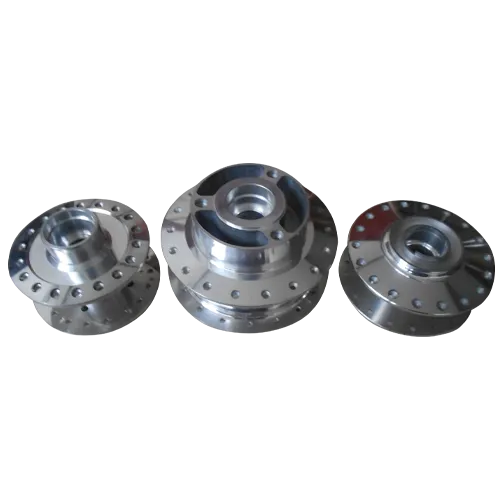Mobile:+86-311-808-126-83
Email:info@ydcastings.com
exhaust housing turbo
Understanding Turbocharger Exhaust Housings An Essential Component for Performance
Turbochargers are critical components in modern automotive engines, enabling them to produce more power without significantly increasing engine size. At the heart of this technology lies the exhaust housing, a crucial part of the turbocharger system that plays a vital role in its functionality and efficiency. Understanding the significance of the exhaust housing can provide insights into turbocharger performance and its impact on overall engine output.
Understanding Turbocharger Exhaust Housings An Essential Component for Performance
One of the key attributes of the exhaust housing is its design. Different vehicles and performance applications require varying configurations to optimize airflow and boost response. For example, a smaller exhaust housing may provide quicker spool times at lower RPMs, beneficial for street performance, while a larger housing can support higher horsepower levels at elevated RPMs, conducive to racing applications. Thus, the choice of exhaust housing impacts not only the turbocharger’s efficiency but also the driving characteristics of the vehicle.
exhaust housing turbo

Another important aspect of exhaust housings is the material from which they are constructed. Traditionally, cast iron was the go-to material due to its durability and ability to withstand high temperatures. However, advancements in technology have introduced alternative materials, such as stainless steel, which offers increased thermal resistance and reduced weight. Lightweight materials can enhance vehicle performance and fuel efficiency, making them a popular choice in high-performance applications.
In addition to material and design considerations, the size of the exhaust housing also plays a crucial role in determining performance. The A/R (Area/Radius) ratio is a critical metric that influences how quickly the turbocharger can spool up. A lower A/R ratio typically results in faster spool times, while a higher ratio can support greater airflow at higher power levels. Choosing the right A/R ratio depends on the intended use of the vehicle—be it daily driving, off-roading, or racing.
Furthermore, the exhaust housing's integration with other components, such as wastegates and external dump pipes, can affect performance and tuning possibilities. Wastegates regulate boost pressure, allowing for more precise control over the turbocharger's output. Properly tuning the exhaust housing setup can lead to optimal performance and longevity of the turbo system.
In conclusion, the exhaust housing of a turbocharger is a foundational element that significantly influences engine performance, efficiency, and driving experience. Whether you’re an automotive enthusiast seeking to enhance your vehicle’s capabilities or a new driver looking to understand how turbo technology works, appreciating the role of the exhaust housing is essential. As automotive technology continues to evolve, innovations in exhaust housing design and materials will undoubtedly shape the future of turbocharged engines, leading to even more powerful and efficient vehicles.
-
Why Should You Invest in Superior Pump Castings for Your Equipment?NewsJun.09,2025
-
Unlock Performance Potential with Stainless Impellers and Aluminum End CapsNewsJun.09,2025
-
Revolutionize Your Machinery with Superior Cast Iron and Aluminum ComponentsNewsJun.09,2025
-
Revolutionize Fluid Dynamics with Premium Pump ComponentsNewsJun.09,2025
-
Optimizing Industrial Systems with Essential Valve ComponentsNewsJun.09,2025
-
Elevate Grid Efficiency with High-Precision Power CastingsNewsJun.09,2025











